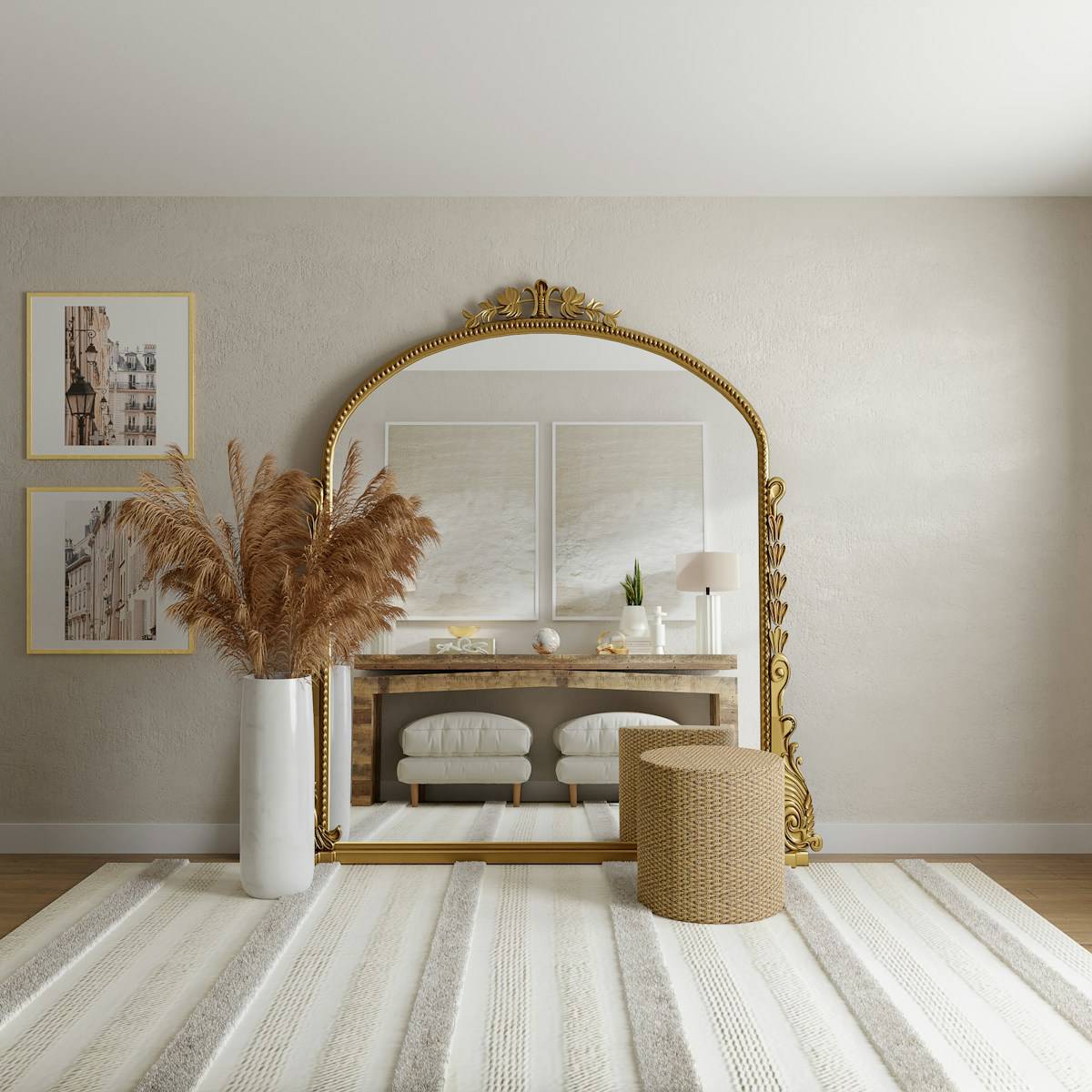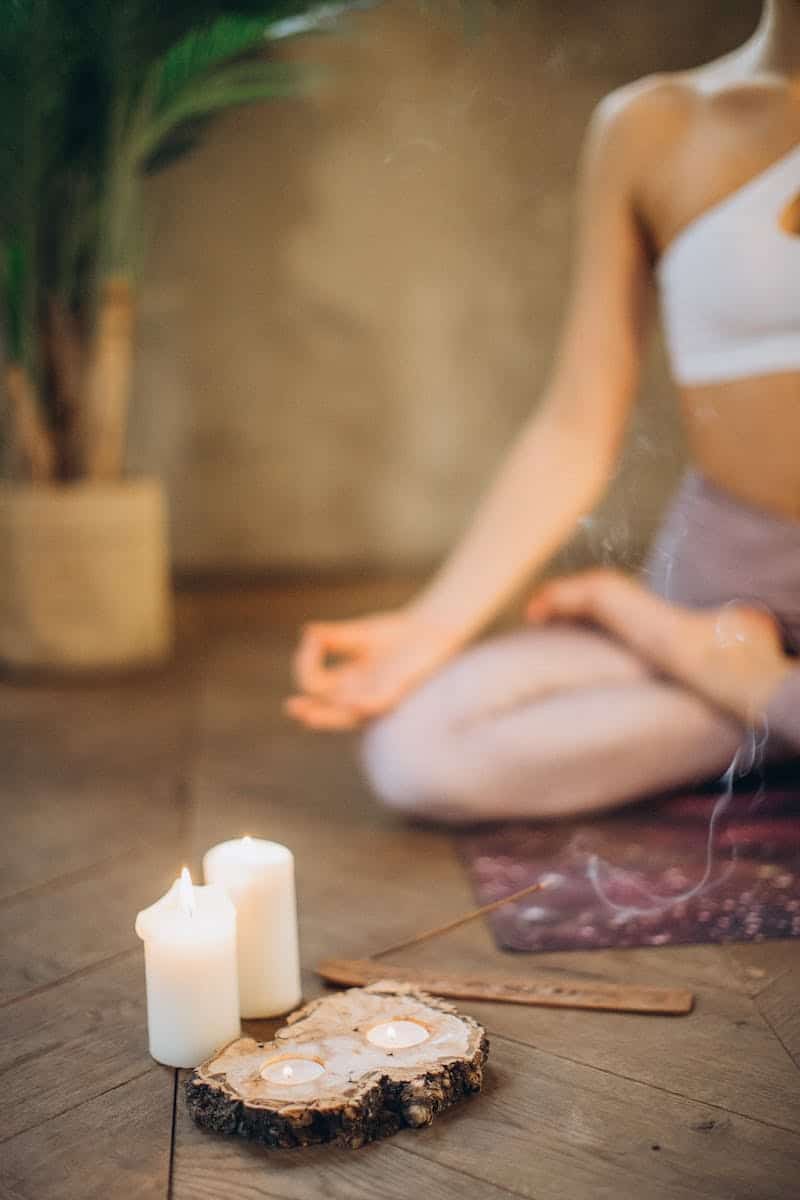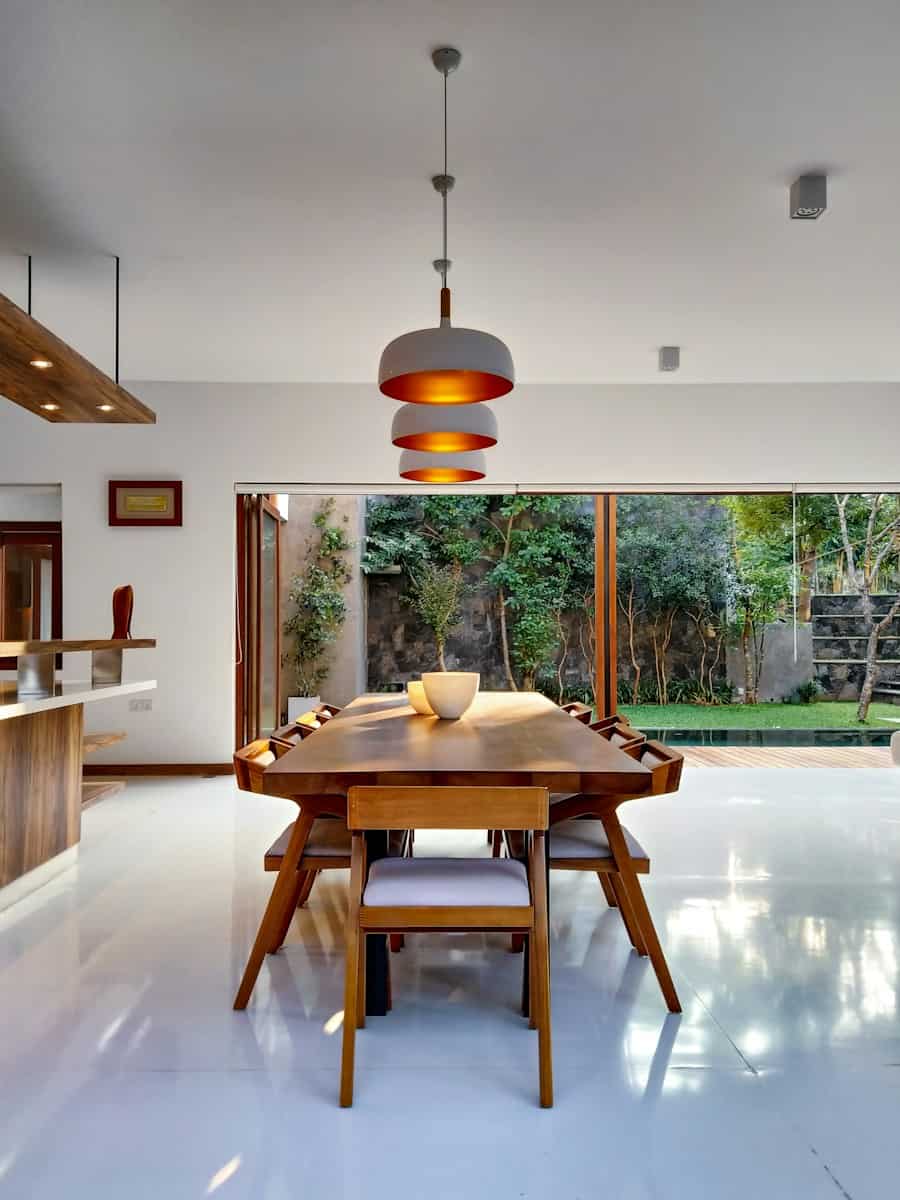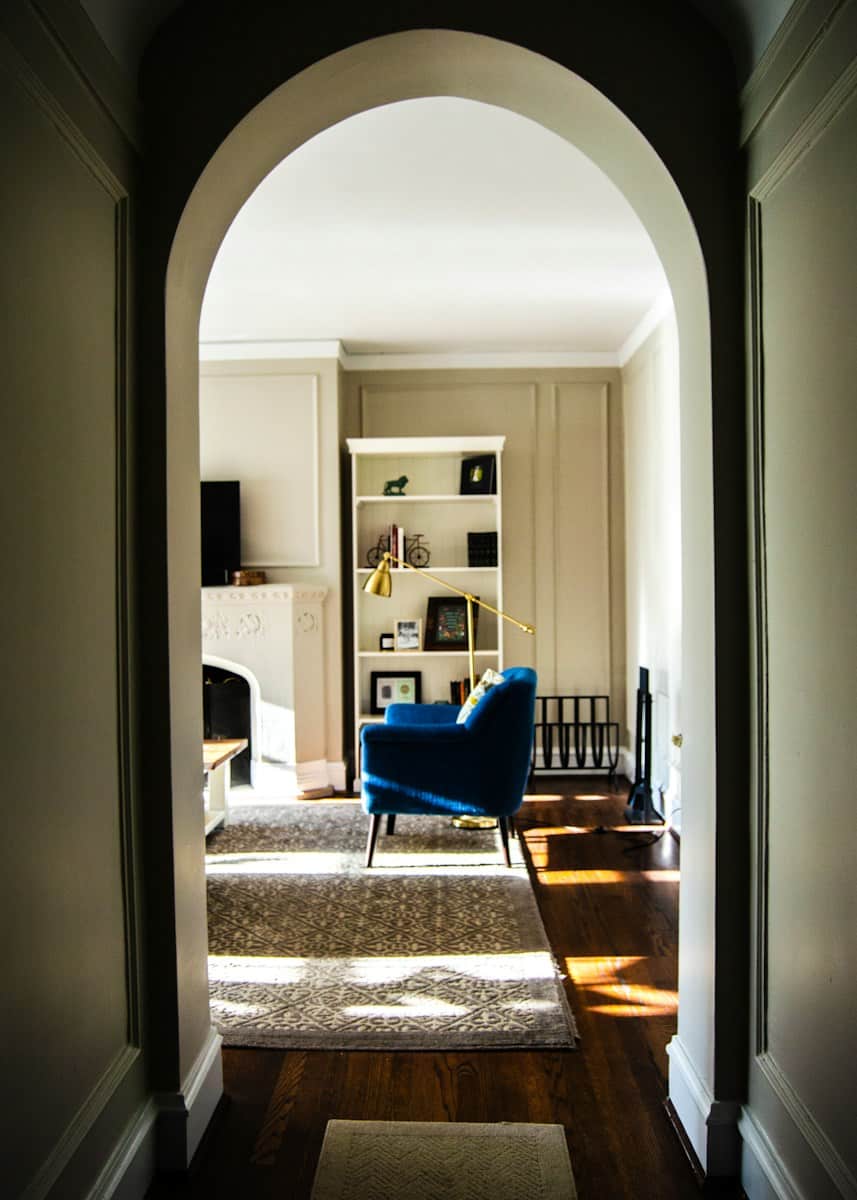On today’s blog, we will be uncovering a surprising connection between interior design and inner de-conditioning So, get ready to discover how our personal growth can manifest through the spaces we create and inhabit. When it comes to interior design, most of us think about selecting colors, furniture, and decor to create aesthetically pleasing spaces. But what if I told you that the process of designing our living environments goes far beyond just appearances?
Let’s begin by understanding what we mean by “inner de-conditioning.”Inner de-conditioning refers to the process of unlearning societal norms, cultural biases, and personal limitations that have been ingrained in us since childhood. It is a journey of self-discovery and conscious growth where we challenge our preconceived notions and liberate ourselves from the restrictions placed upon us by our upbringing and society.

Now, you might be wondering, what does inner de-conditioning have to do with interior design? Let’s start by exploring the idea that our external environment is a reflection of our internal state. Various schools of thought, such as Feng Shui and environmental psychology, suggest that our living spaces influence our mental, emotional, and even physical well-being. When we undertake the journey of inner de-conditioning, we often become more aware of our authentic selves and our needs, leading to a desire for spaces that align with our true essence. As we shed societal pressures and expectations, we may find ourselves drawn to interior design styles that are more reflective of our individuality. These spaces become extensions of ourselves, offering comfort and a sense of belonging.

For instance, someone who has embraced their bohemian spirit through the process of de-conditioning might opt for colorful textiles, eclectic furniture, and an abundance of plants, creating a vibrant and free-spirited space. On the other hand, individuals who have de-conditioned from materialistic pursuits and embraced a minimalist mindset might prefer clean lines, neutral colors, and clutter-free environments. These spaces provide them with a sense of calm and promote a focus on the essential. Our inner de-conditioning also affects how we interact with our surroundings, prompting us to engage in more conscious actions. For example, someone who has prioritized sustainability and environmental consciousness might select eco-friendly materials and implement energy-efficient solutions in their interior design choices.
Moreover, the process of inner de-conditioning often involves exploring and connecting with our emotions. As we learn to embrace our vulnerabilities and accept ourselves fully, our interior design choices might reflect this newfound emotional depth. We might incorporate soft textures, soothing colors, and comfortable seating areas that promote relaxation and self-care. But it’s not just our interior design choices that are influenced by our inner de-conditioning.
Our living spaces themselves can actively support our personal growth and transformation. Creating dedicated spaces for meditation, reflection, or self-expression can facilitate the introspective journey of inner de-conditioning. A meditation corner with soft lighting, comfortable cushions, and calming elements can serve as a sanctuary for self-discovery. An art studio or writing nook encourages creativity and self-expression, enabling us to explore our inner world further.

Now, you might be wondering how to start this inner de-conditioning journey and maximize its impact on your interior design.
Conditioning refers to messages that we have internalized either consciously or unconsciously that originate from outside our innate inner wisdom or conscience.
You cannot create an environment that supports who you are on the deepest levels if
#1 – You don’t know who you are on the deepest levels or
#2 – You are unconsciously pretending to be someone that you are not
Thinking about conditioned thoughts can help you avoid tough feelings about your home and life. Clients often search outside themselves for answers in their home environment, which is unfortunate because they are all uniquely creative.
The phenomenon of searching outside ourselves for answers to our own lives is common. When you clarify your true desires, you have the power to create the life that is right for you. Recognizing when external voices are controlling your life allows you to decide if you want to stay on the same path or start creating the life and relationships you truly desire.
Questioning your own thoughts and reasoning can lead to clarity and finding what you want in life. If you’re on a journey of self-discovery and want to actively engage with your life, consider the following ideas. Keep in mind, this won’t be easy.
So.. I have put together a few practical tips s to consider:
1. Self-reflection: Take time to understand what truly resonates with you. Reflect on your core values, passions, and aspirations. This self-awareness will guide your interior design choices.
2. Clear clutter: As you embark on the journey of inner de-conditioning, it’s essential to declutter your physical space as well. Let go of objects that no longer serve you to create room for new possibilities and a fresh perspective.
3. Seek inspiration: Explore different interior design styles and aesthetics that appeal to your authentic self. Pinterest, interior design books, and visiting art galleries can all provide inspiration and help you align your physical environment with your inner transformation.
4. Experiment and adapt: Remember that interior design is a dynamic process. Your tastes and preferences might evolve as you continue your inner de-conditioning journey. Embrace change and be open to adapting your living spaces accordingly.
As we conclude today’s blog, it’s evident that our inner de-conditioning journey profoundly impacts our interior design choices. By consciously designing spaces that reflect our true selves, we create environments that support our growth, well-being, and authenticity.
So, the next time you find yourself considering a new interior design project, take a moment to reflect on your own inner de-conditioning journey. What values and discoveries can you infuse into your living space? How can you create an environment that nurtures and celebrates your true essence?
Will leave you with a quote from Mark Twain
“Twenty years from now you will be more disappointed by the things that you didn’t do than by the ones you did do. So throw off the bowlines. Sail away from the safe harbor. Catch the trade winds in your sails. Explore. Dream. Discover.”


